Transports
One of the best preserved locomotive fleets of the former Sociedad Hullera Española has survived to the present day, with a good number of its locomotives preserved in different places and states of conservation, including three working models.
Three of them can be found today as monuments in different places of Mieres and Aller. Number 8 is the first one, a three coupled axle machine built in 1918 by the North American company Vulcan Iron Works together with a twin sister which has now disappeared. It was a typical example of the American industrial design, including the famous bell to announce its arrival. It was in charge of towing trains on the Aller valley mining line until it was withdrawn with the arrival of diesel locomotives around 1970.
It was first exhibited as a monument in the Sovilla workshops, but after its closure, it was refurbished and moved to the vicinity of the San José Mine in Turón, an unsuitable place for it, as it never worked in that valley.
The second example is number 9, another machine from the USA, built at the same time as number 8 but by a different manufacturer: the firm American Locomotive Company at its Cooke factory in Paterson, New Jersey. Although similar to its predecessor, it has a different design, with an exterior frame and an interior valvetrain.
Its history is also very similar: it was assigned to the raw coal trains that went to the Sovilla washing plant until it was withdrawn to be left as a monument in that place. After the closure of these facilities, it remained in the hands of HUNOSA, who restored it and moved it to the gardens of the Santiago Mine.
Finally, the number 11 has a quite different origin. It was manufactured in 1902 by the British firm Kerr Stuart for the company Minas de San Miguel in Huelva, where it bore the name Escalada. When this company became insolvent, the machine was transferred to a machinery business which, after the Spanish Civil War, resold it to Sociedad Hullera Española.
Once in Asturias, it underwent a major refurbishment that altered its original appearance considerably. Like the previous machines, it was in service until the arrival of diesel traction. Later, HUNOSA placed it as a monument in the Sovilla workshops. Finally, it was ceded to the Mieres City Council, refurbished and placed as an ornament next to the old Basque Asturian station in the town.

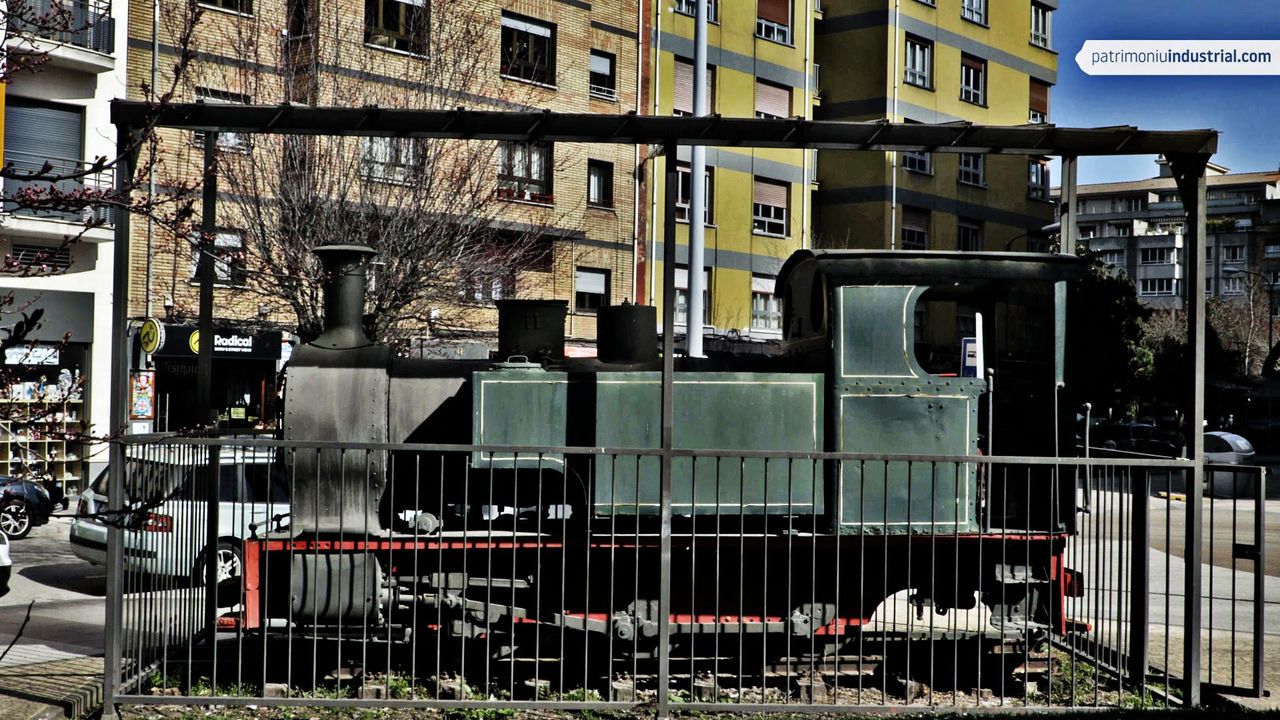
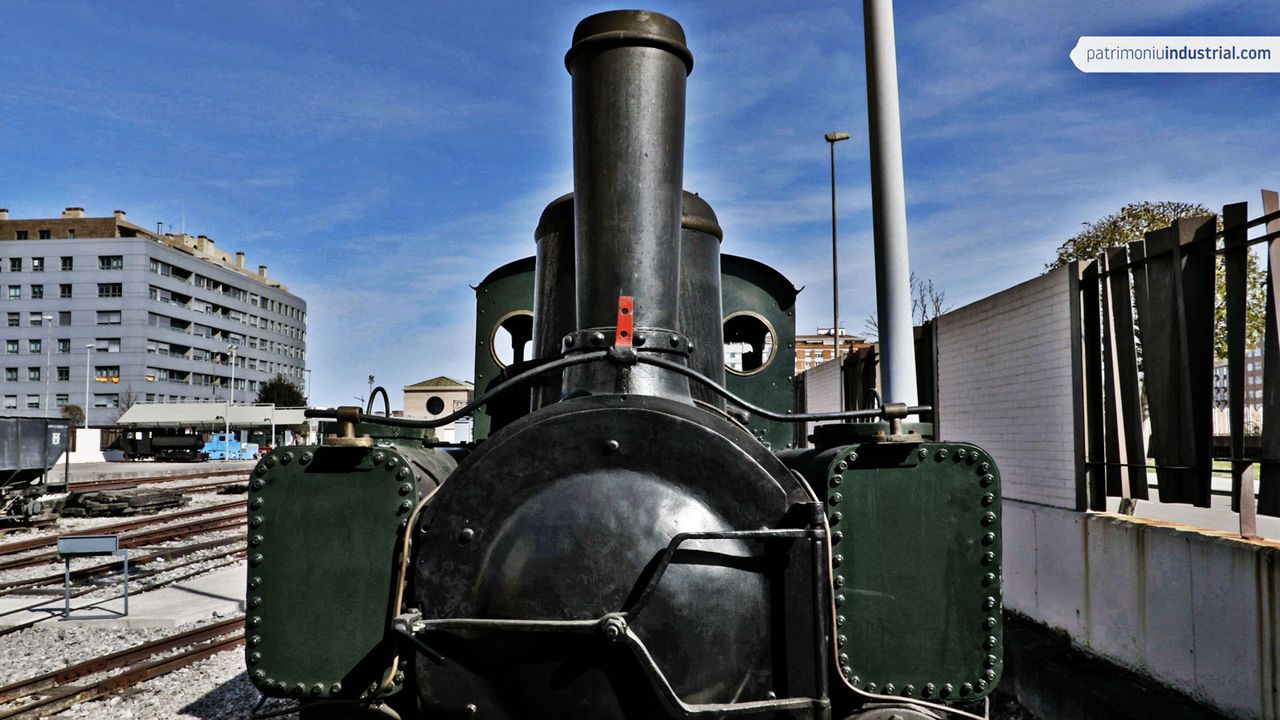
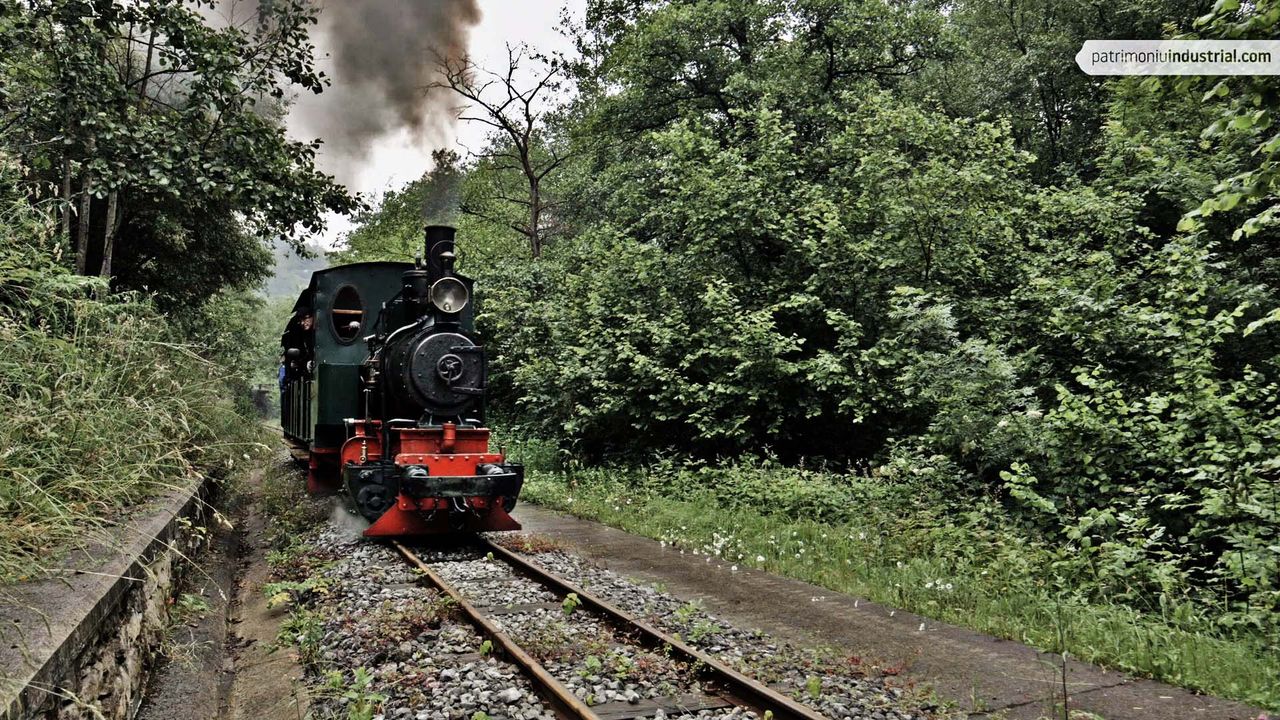
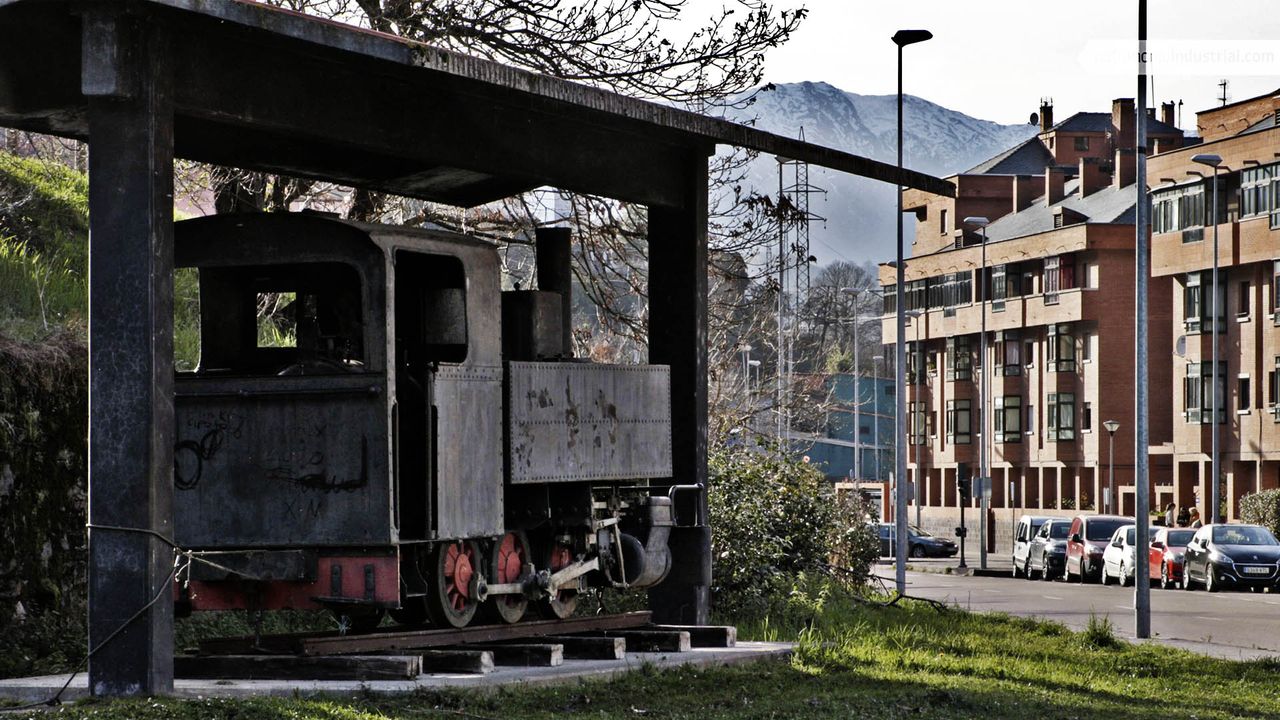
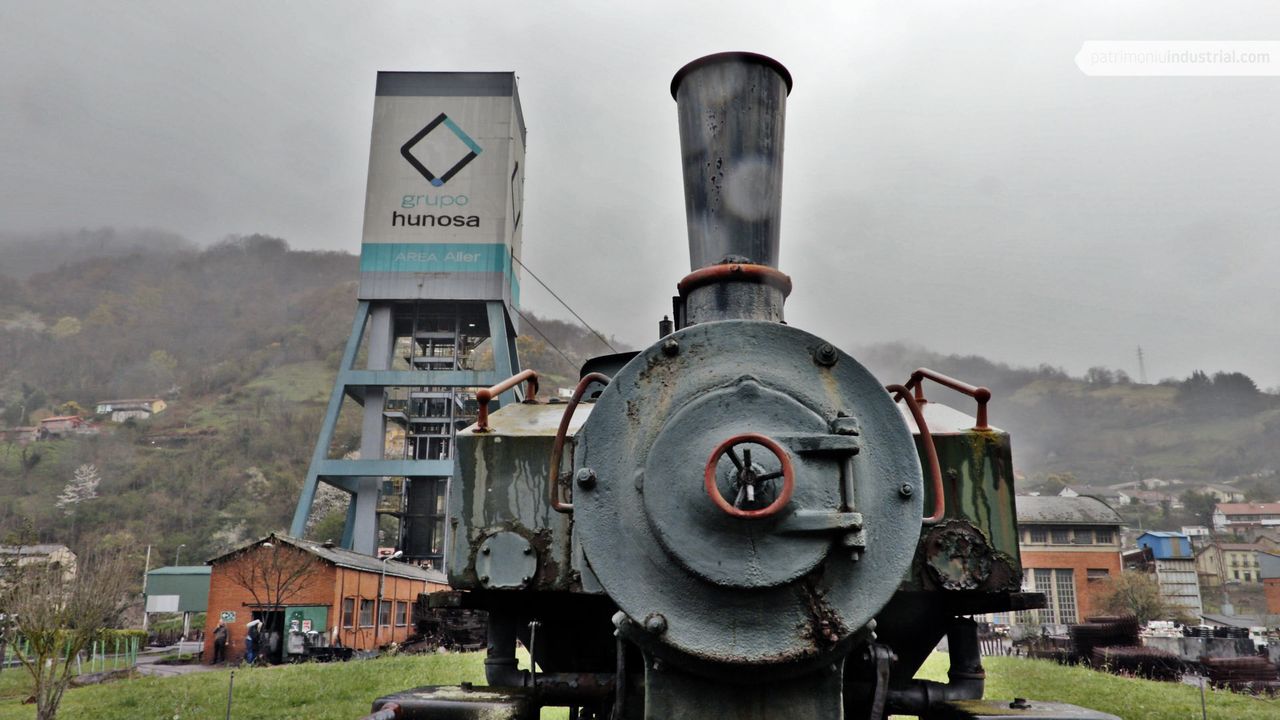
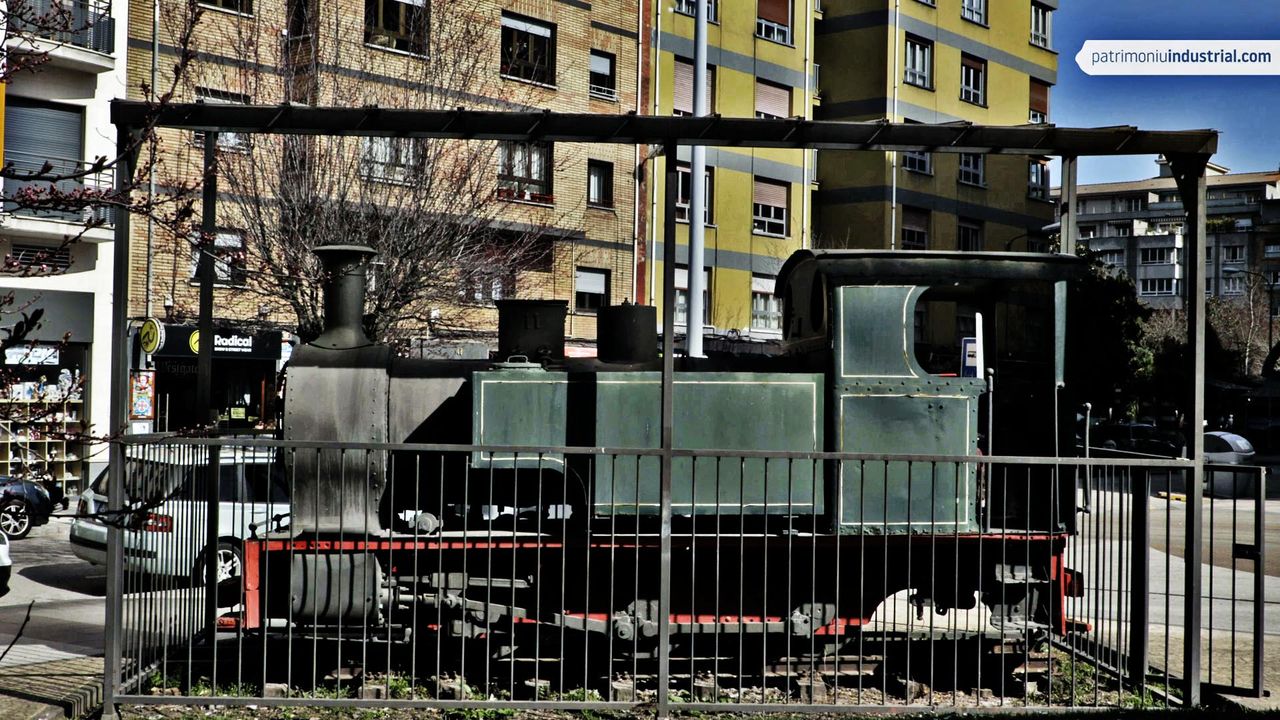
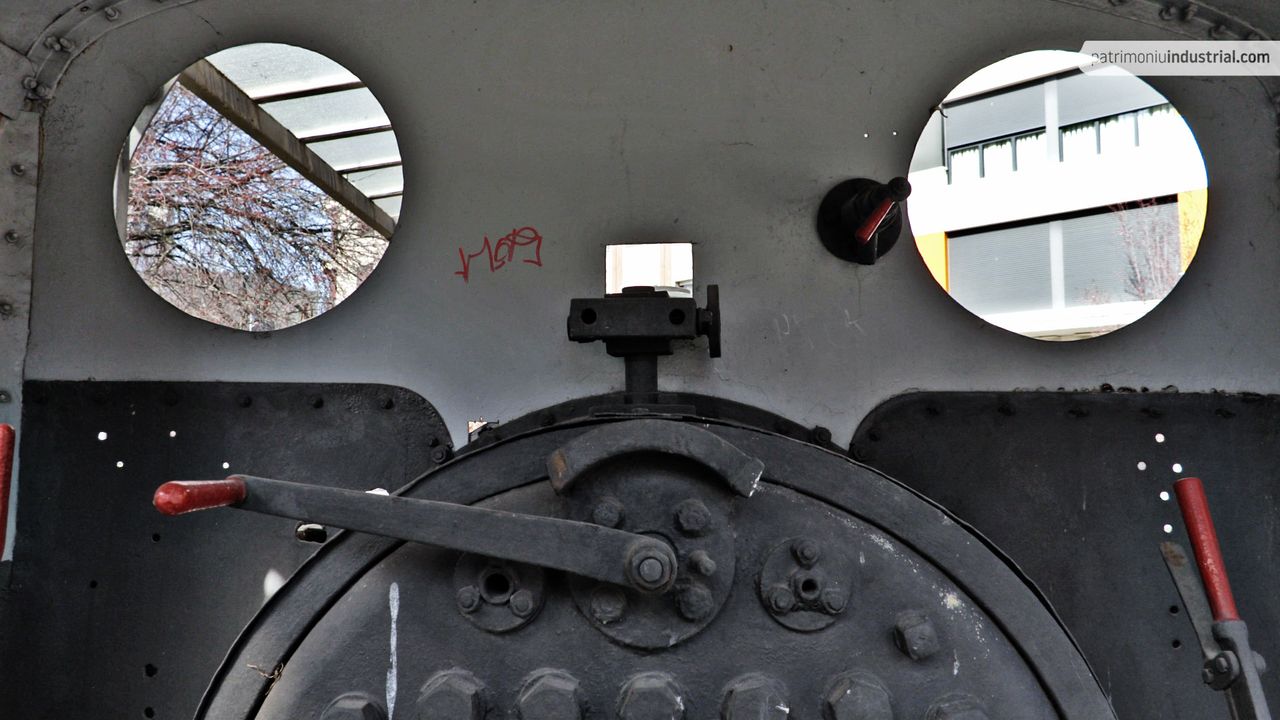
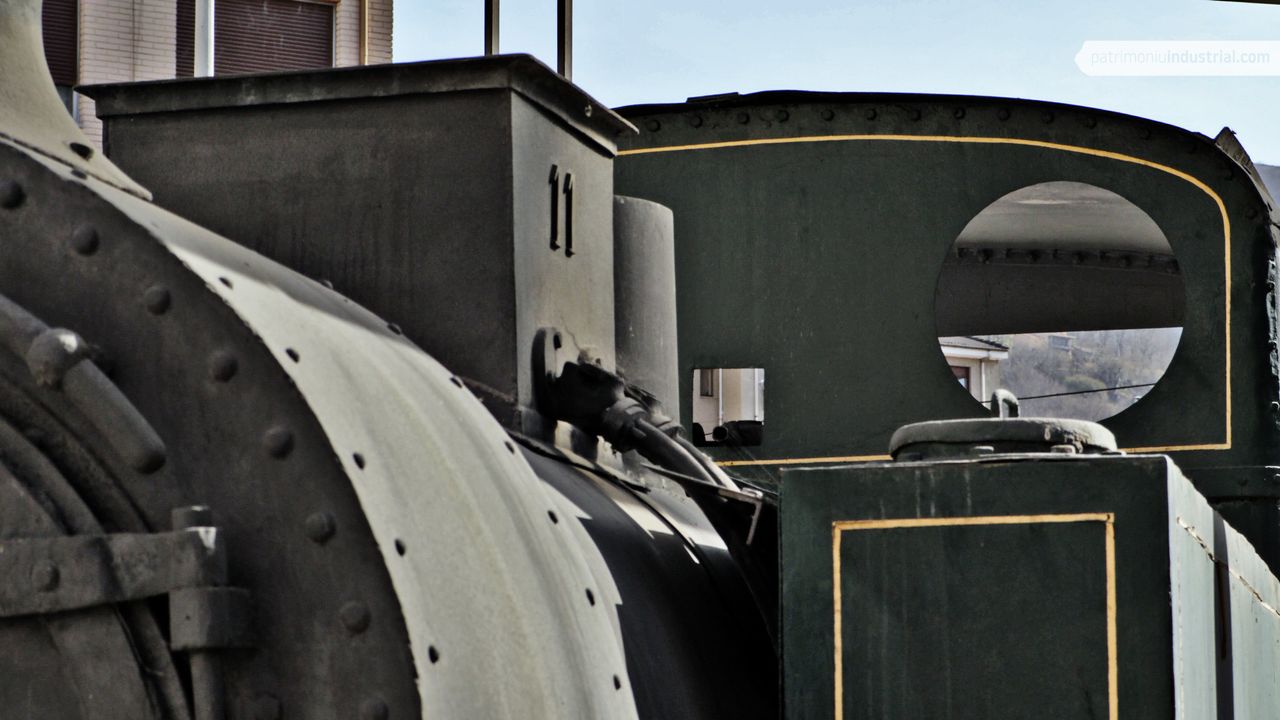
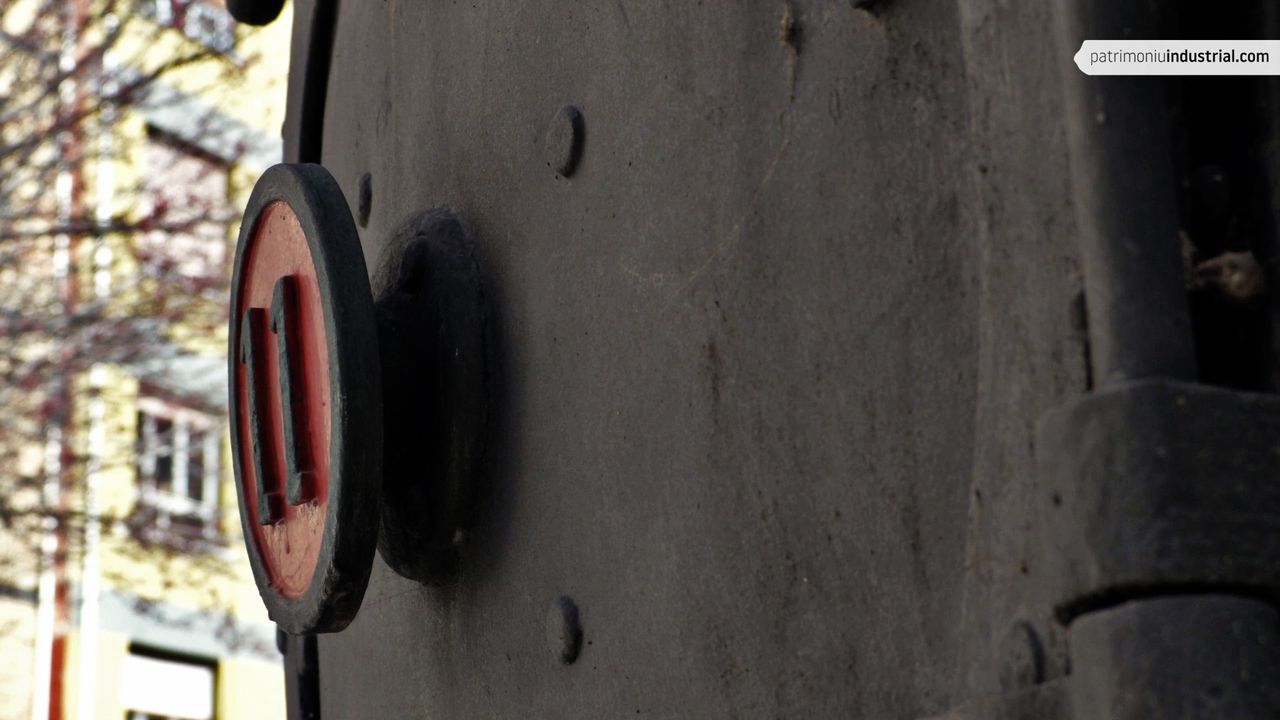
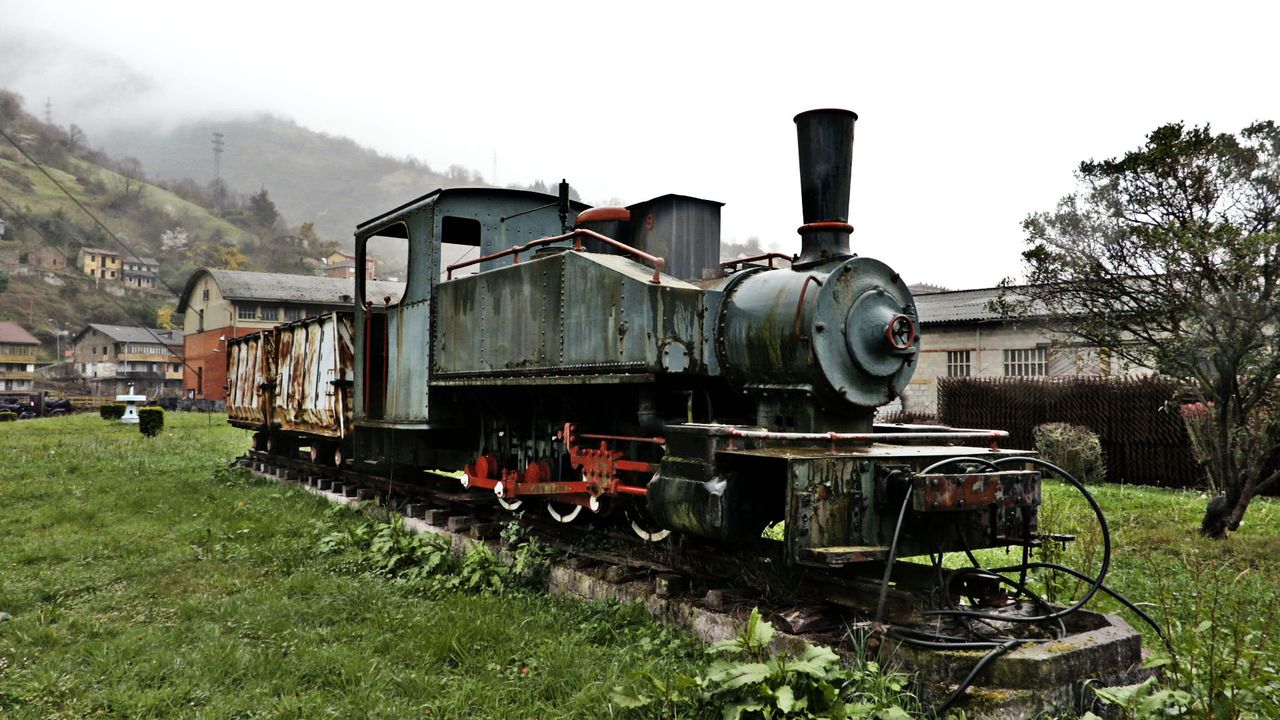
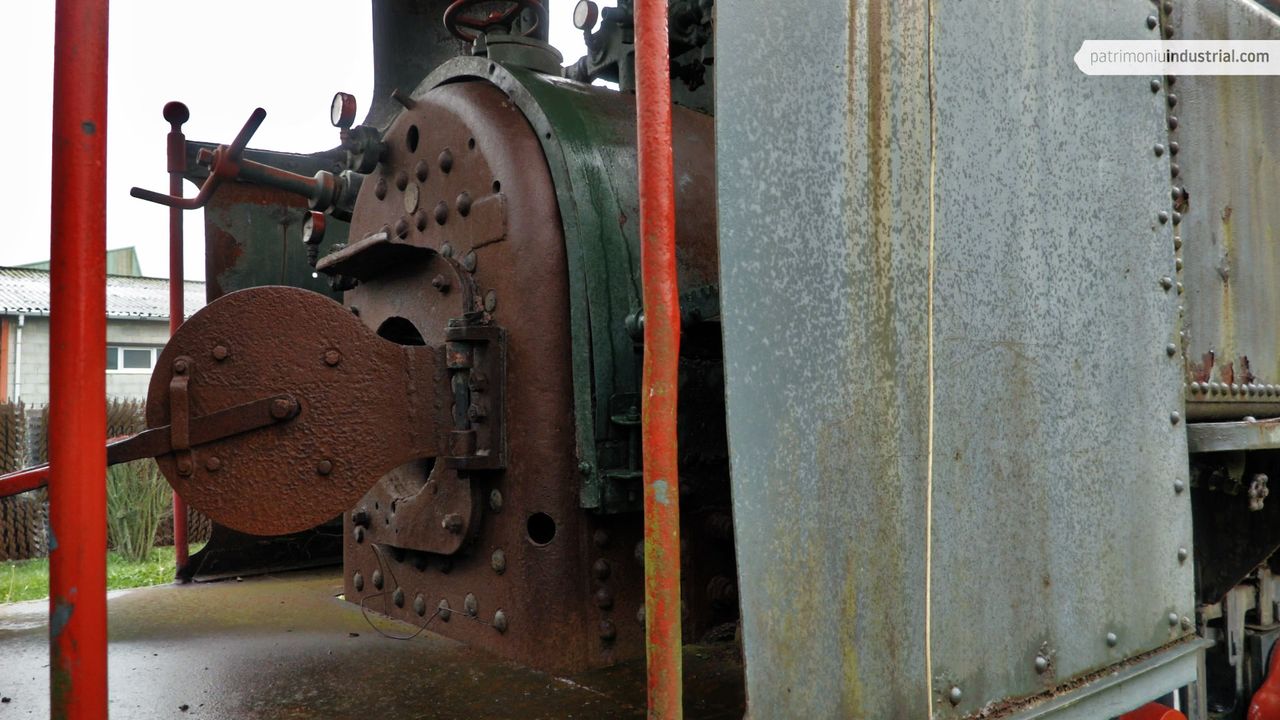
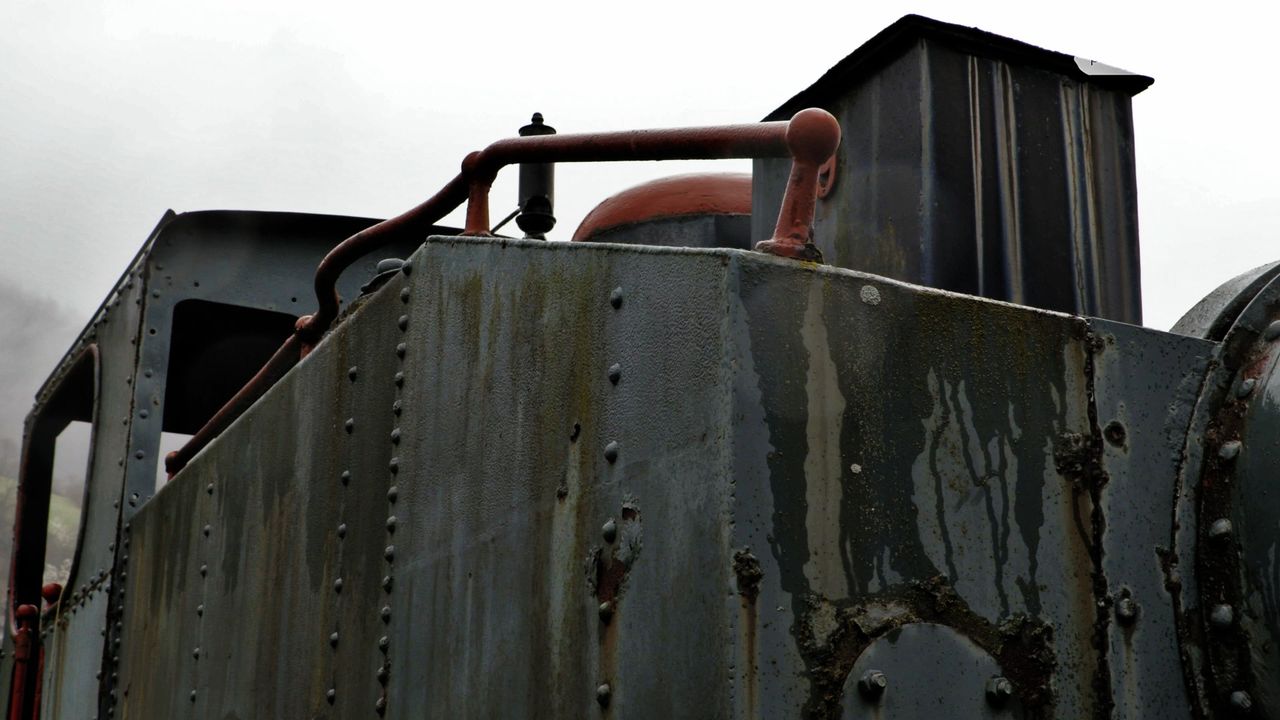

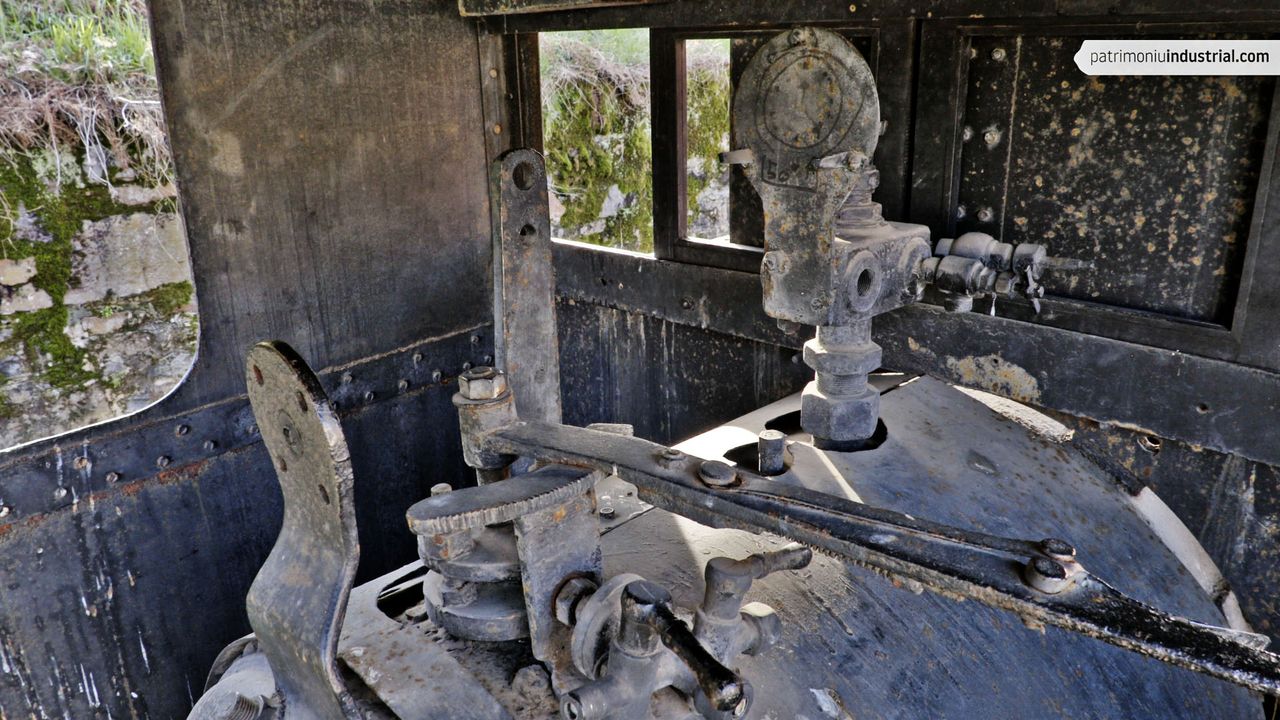
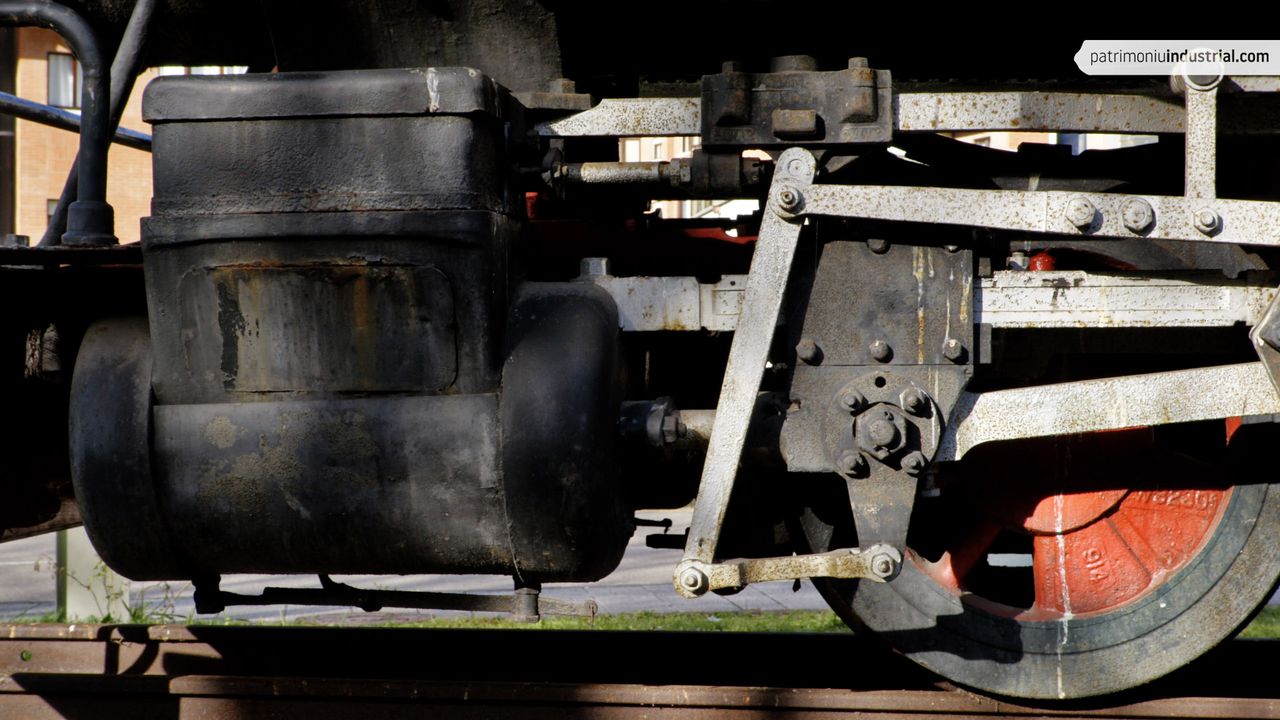
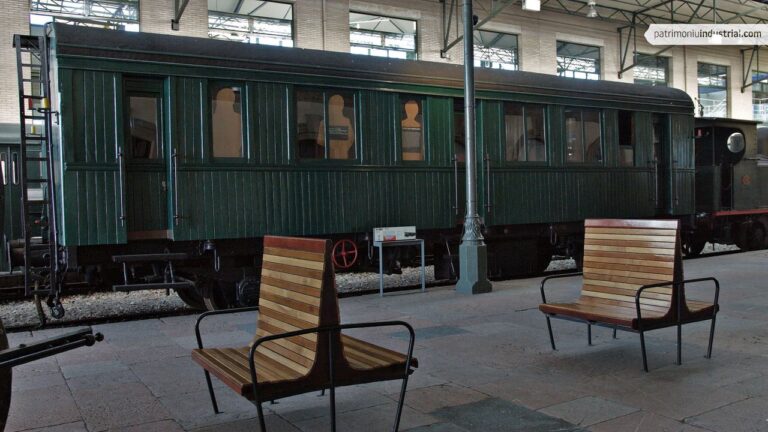
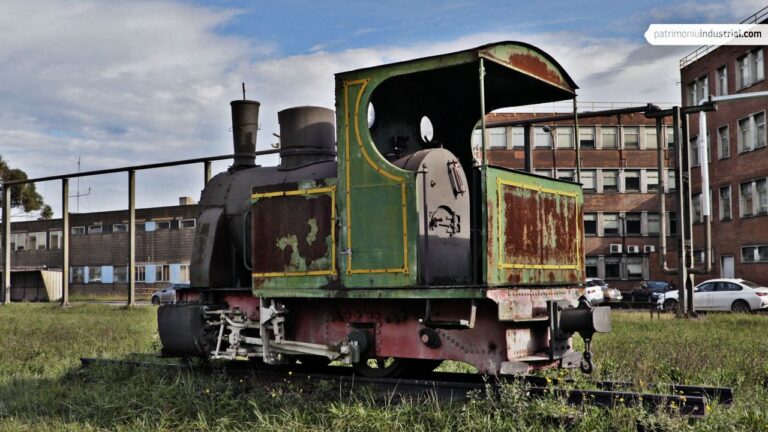
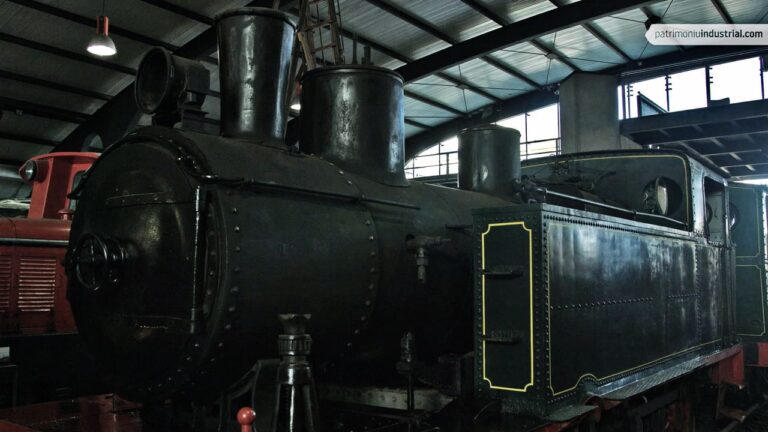

Recent Comments